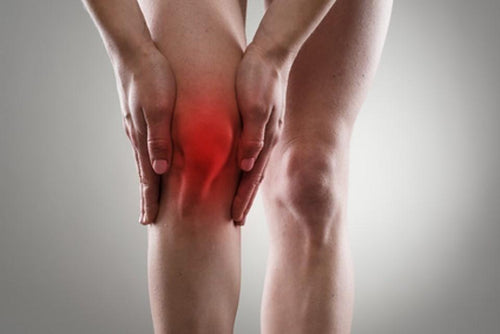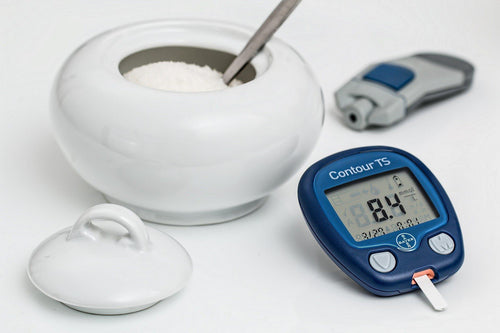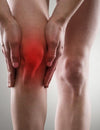Research sometimes find interesting connections we usually don’t think about.
A study including 3278 women found an association between plaque in the carotid artery and osteoarthritis in the knee and hands in women (Hoeven TA, et.al., 2013).
We know that inflammation is involved in osteoarthritis, even if it is less severe than in rheumatoid arthritis.
We also know that inflammation increases the risk for cardiovascular disease. Inflammation is an important factor in depositing cholesterol and fat into the inner lining of the vascular wall.
Another interesting connection found lower magnesium levels in rheumatoid arthritis patients compared to controls (Chavan VU, et.al., 2015).
Lower magnesium levels were also correlated with higher cholesterol and LDL, the so called bad cholesterol, and higher magnesium levels with better HDL cholesterol, the good cholesterol. This was in cases of rheumatoid arthritis.
Magnesium has also been found to be inversely associated with osteoarthritis documented on x-rays and joint space narrowing (Zeng C, et.al., 2015).
Glucosamine sulfate another nutritional substance has been used to treat osteoarthritis for many years.
When osteoarthritic chondrocytes (cartilage cells) and glucosamine sulfate were tested in different ways in a culture, it was found that glucosamine sulfate reduced the synthesis of proinflammatory mediators (Largo R, et.al., 2003).
Taking magnesium and glucosamine sulfate could according to this possibly benefit both your cardiovascular system and your joints.
The best form of magnesium is an amino acid chelate like magnesium glycinate.
The most common form of magnesium is magnesium oxide, but that is a gastrointestinal irritant and can give you diarrhea when taken in higher amounts.
REFERENCE
Chavan, V. U., Ramavataram, D. V. S. S., Patel, P. A., & Rupani, M. P. (2015). Evaluation of serum magnesium, lipid profile and various biochemical parameters as risk factors of cardiovascular diseases in patients with rheumatoid arthritis. Journal of clinical and diagnostic research: JCDR, 9(4), BC01.
Hoeven, T. A., Kavousi, M., Clockaerts, S., Kerkhof, H. J., van Meurs, J. B., Franco, O., … & Bierma-Zeinstra, S. (2012). Association of atherosclerosis with presence and progression of osteoarthritis: the Rotterdam Study. Annals of the rheumatic diseases, annrheumdis-2011.
Largo R, Alvarez-Soria MA, Díez-Ortego I, Calvo E, Sánchez-Pernaute O, Egido J, Herrero-Beaumont G. Glucosamine inhibits IL-1beta-induced NFkappaB activation in human osteoarthritic chondrocytes.Osteoarthritis Cartilage. 2003 Apr;11(4):290-8.
Zeng C, Li H, Wei J, Yang T, Deng ZH, Yang Y, Zhang Y, Yang TB, Lei GH. Association between Dietary Magnesium Intake and Radiographic Knee Osteoarthritis. PLoS One. 2015 May 26;10(5):e0127666.
BMJ Bones, Muscles, and Joints
The BMJ (bone, muscle, joint) formula was designed to support bone formation and optimal joint function.








